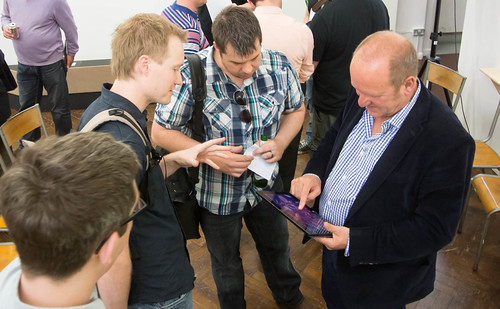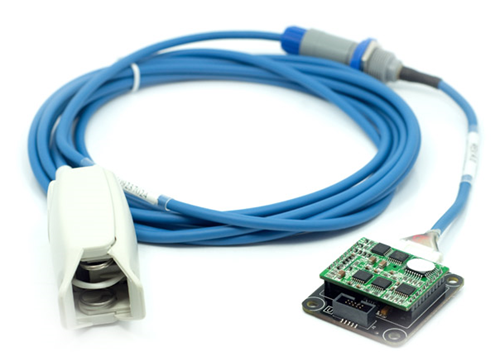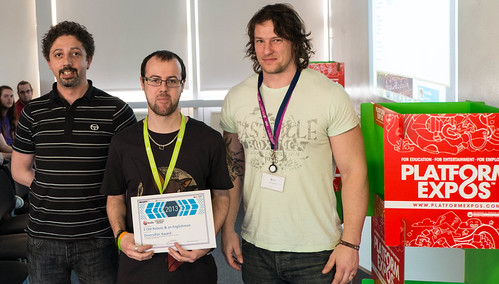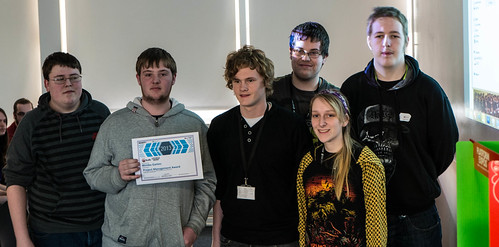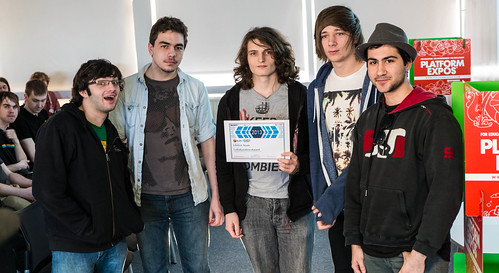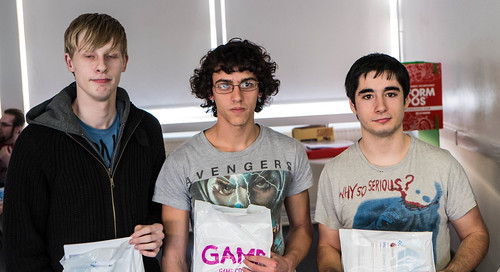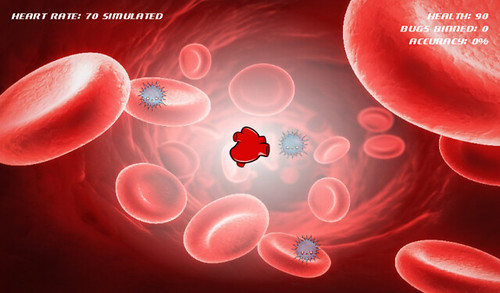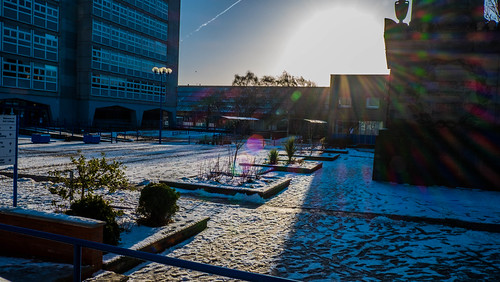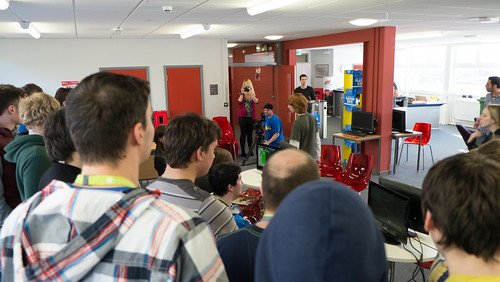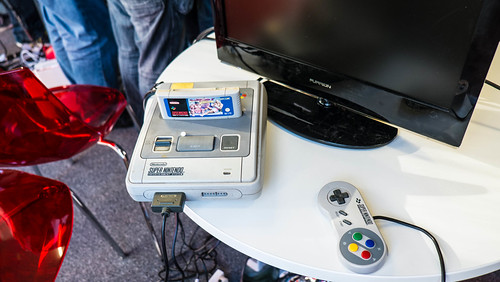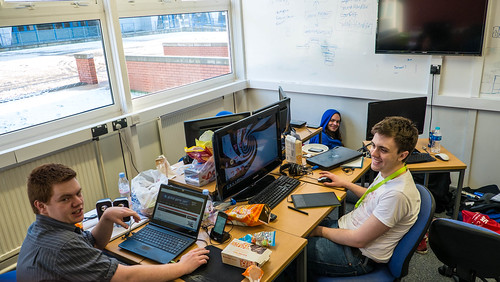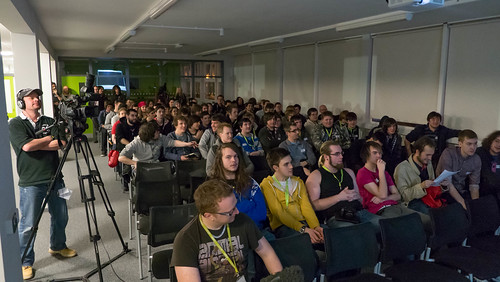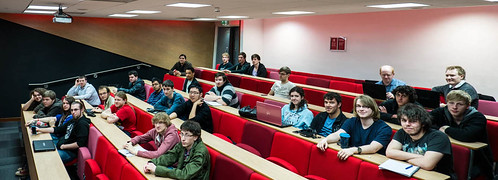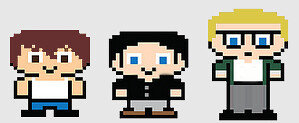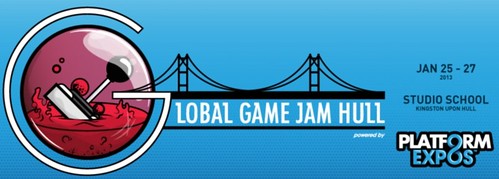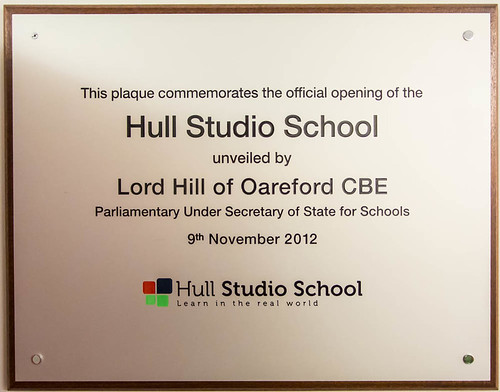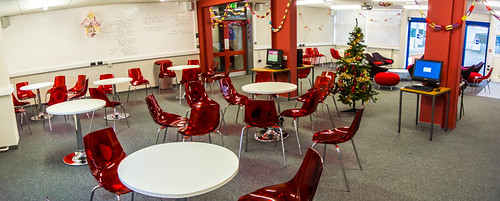Hull Pixelbots at Global Gamejam
/The them of the Global Gamejam was "transmission". Over in the university we had a bunch of teams exploring different aspects of this in lots of creative ways.
I had a bunch of Hull Pixelbots and a newly minted web editor that mostly worked.
Above you can see a nearly working display of Hull Pixelbots propagating a transmission from one to the other. Each robot is programmed via a web site using a scripting language that runs inside the robot.
The idea is that each robot "wakes up" the next one by moving close to it. The first attempt fails because the Mr White doesn't wake up Crystal Maisie,, and the second attempt shows my bad planning, in that it leaves Crystal Maisie in the way of the final move from The See Through Kid. Oh well.
Hopefully players of the completed game will be better at it than I was. I think it would be interesting for a large team, with each team member controlling a robot and a prize for the fastest transition from one end to the other, using all the robots at their assigned starting positions. I took some pictures during the judging, you can find all of the shots here.
Thanks to Simon and David from the university for organising such a great event.

